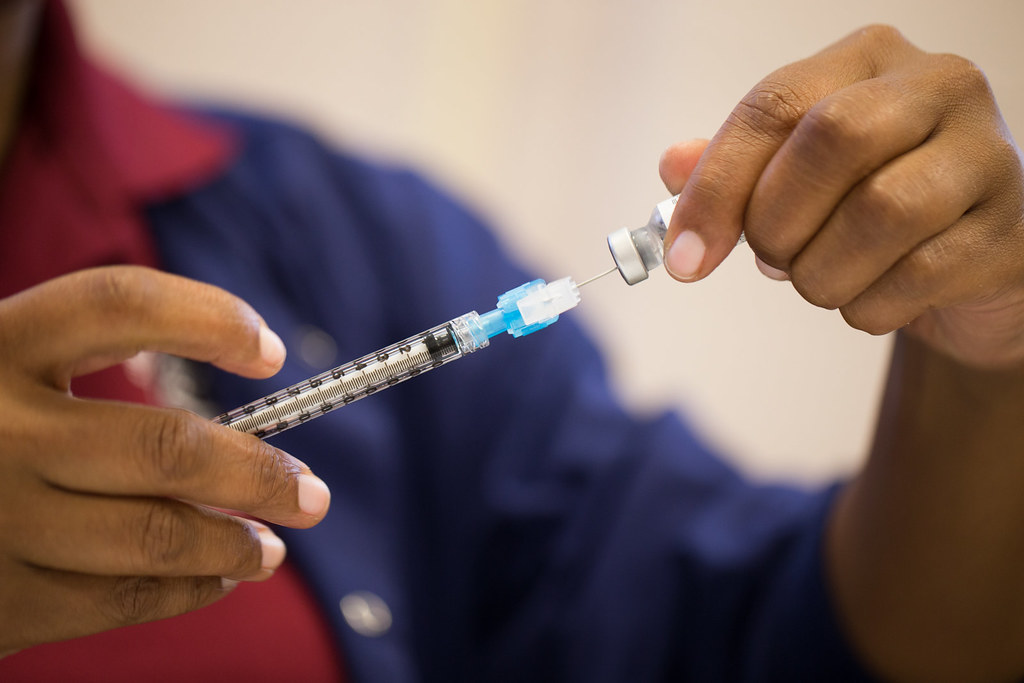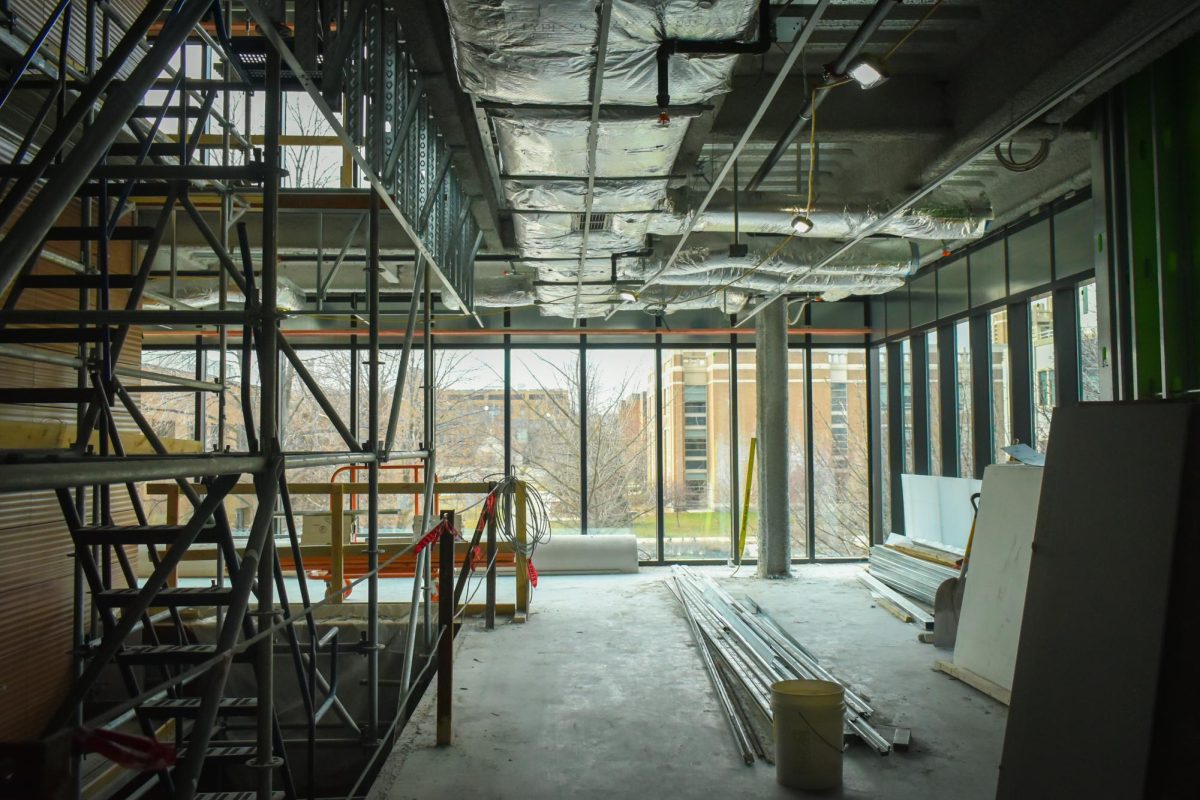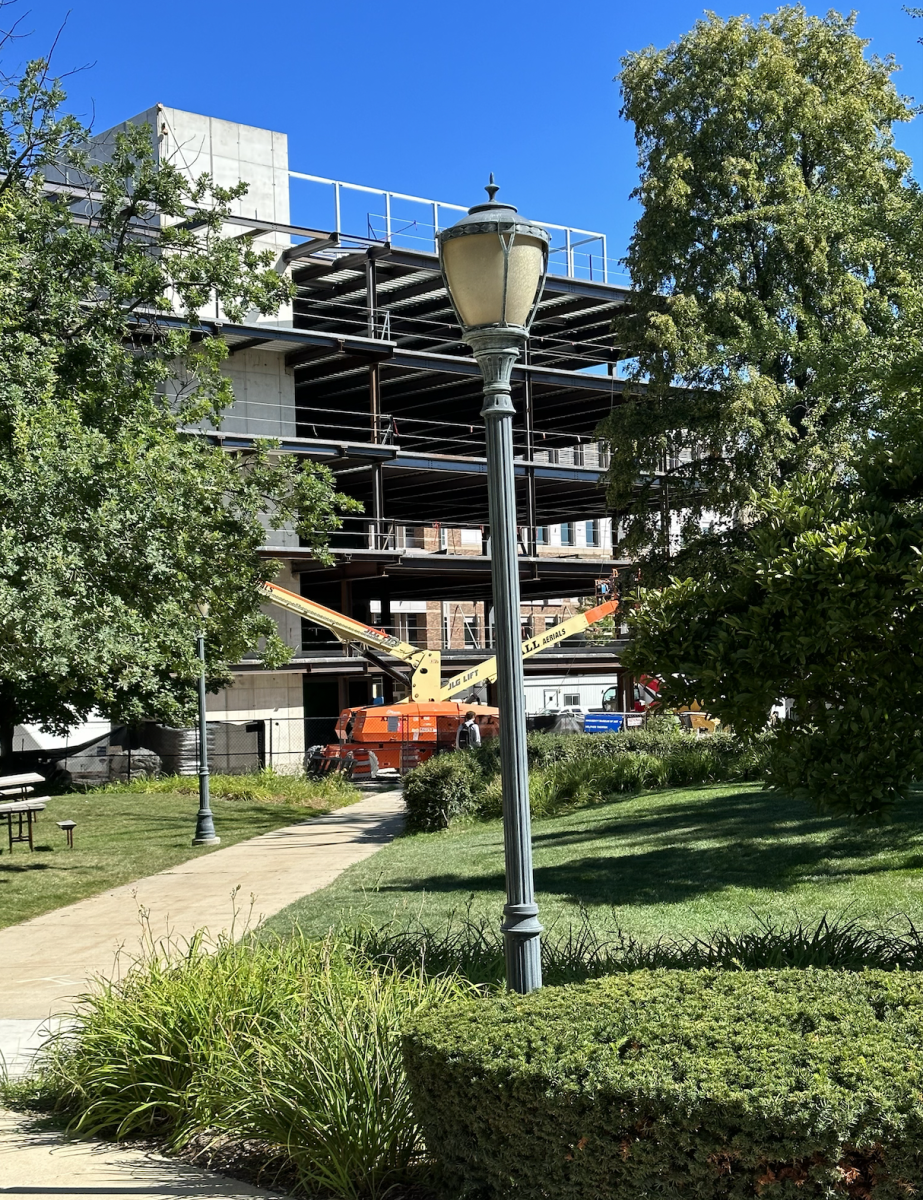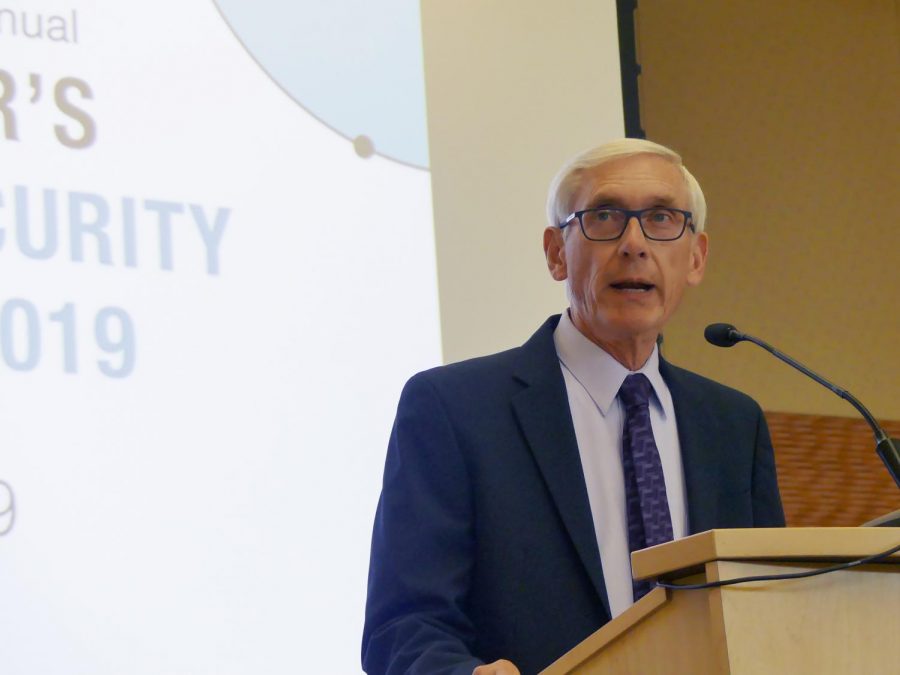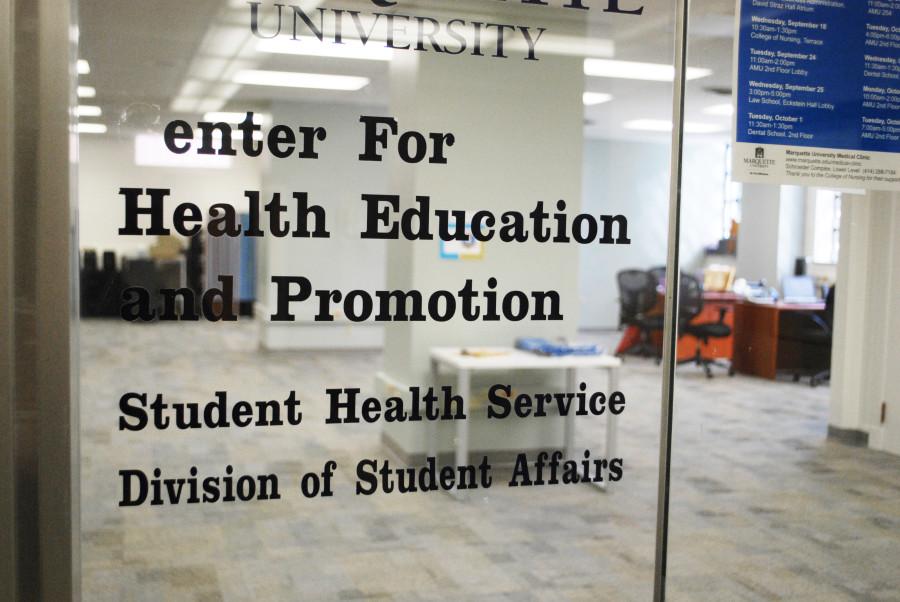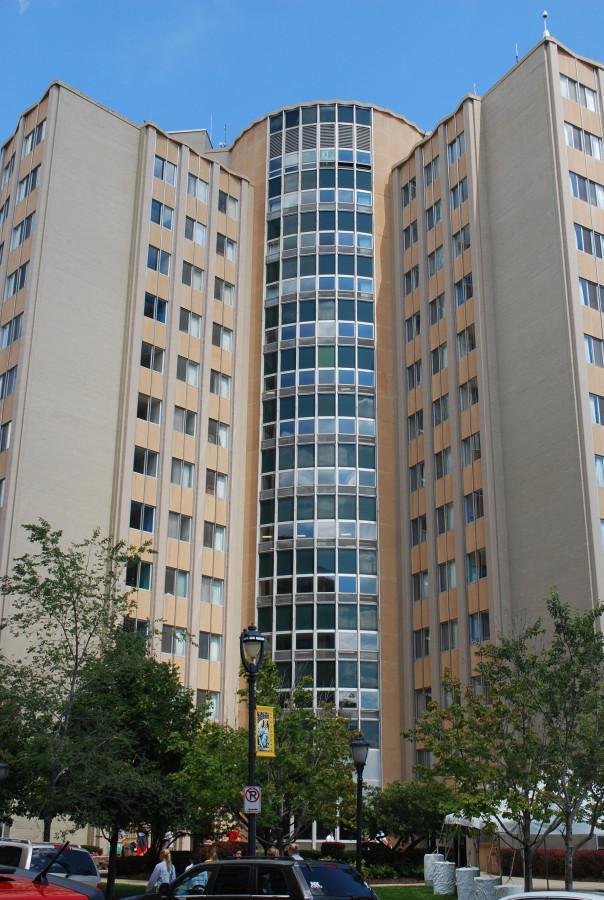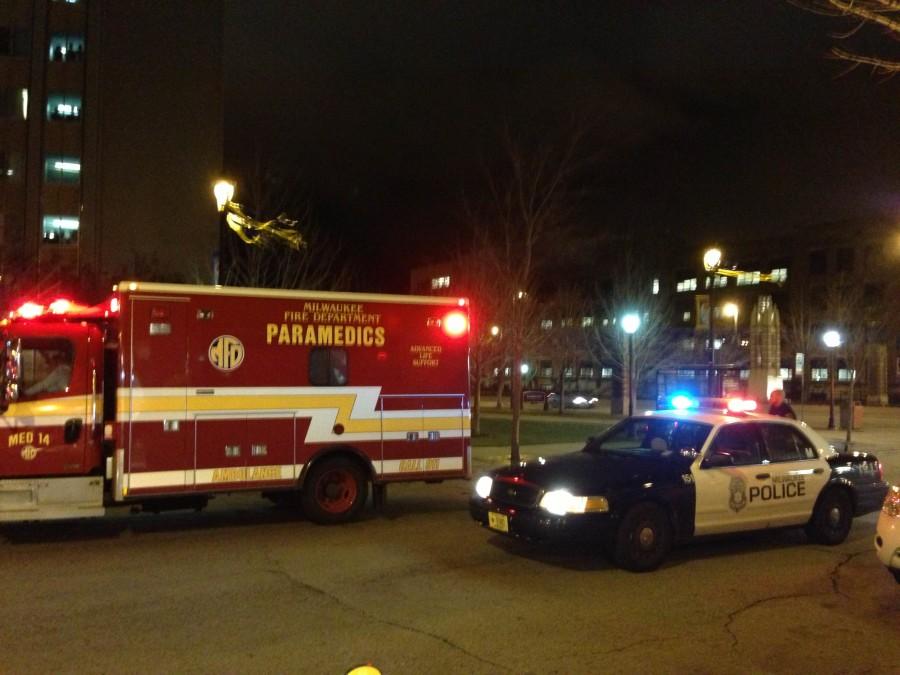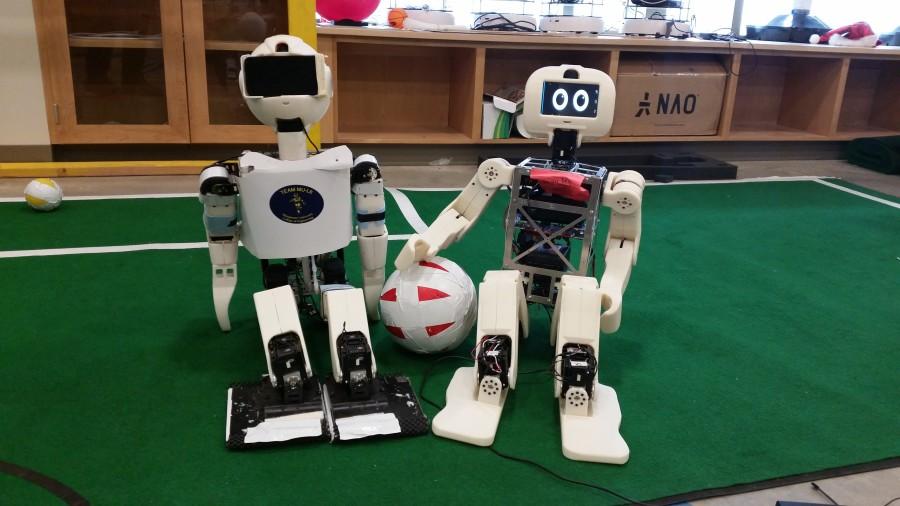
The College of Nursing’s Simulation Technology and Learning Resource Center underwent a drastic $4 million makeover this summer. The center, renamed the Wheaton Franciscan Center for Clinical Simulation, mimics the confines of a hospital and was made possible by a $1 million donation from the Wheaton Franciscan Healthcare Center and contributions from alumni and other supporters.
The roughly 10,000 square-foot center, located in the basement of Emory T. Clark Hall, opened in August and is accessible to all undergraduate, graduate and doctoral students in the College of Nursing, who will mainly use the center through courses with their instructors. Kerry Goepfert, associate dean of the College of Nursing, said freshmen will typically begin to work at the center during the spring semester of their year and will increasingly use the facilities as their coursework advances.
The new simulation center, which aims to realistically imitate a hospital’s facilities, features a reception area, two exam rooms, a clinical skills laboratory, a medium fidelity skills laboratory, a six-bed hospital suite, an assisted living apartment, four debriefing rooms and a student lounge area. All of the rooms are video-monitored and wired with microphones so that instructors and students may view recordings of their interactions with the human-patient simulator.
Within the six-bed hospital suite are two surgical rooms, two intensive care rooms, a pediatric room and a delivery room. All of the rooms in the suite also feature a human simulator and one-way glass, hiding the adjacent control room where faculty can monitor student performance and control the simulations. The video footage gathered allows students and instructors to review and analyze the student’s interaction with the patient simulator in the debriefing room.
Goepfert said the main benefit of using the center’s human-patient simulators is the ability to generate high-risk scenarios that students may not see during clinical training. Such scenarios provide students with the opportunity to learn how to properly respond to a medical emergency, such as a heart attack, in a controlled setting.
Over the years, the college has collected different models of simulators, allowing for a diversity of ages and races, which Goepfert said will help students properly identify maladies common to specific ethnic groups. The simulators can imitate a pupillary response, give birth, bleed, perspire and talk. They can also mimic strokes, seizures, cardiac arrests or a life-threatening reaction to a medication.
“We could have our students in a clinical environment 24 hours a day, seven days a week for their entire undergraduate career, and they still may not see some of these high-risk scenarios that they need to be educated for,” said College of Nursing Dean Margaret Callahan. “That is the benefit of simulation.”
Goepfert emphasized that human-patient simulators are great learning tools for students because they can perform many of the same medical procedures they would use on actual patients, such as drawing blood or taking vital signs.
“It’s OK to make a mistake down here (in the simulation center),” Goepfert said. “Because what we want to do is increase (the students’) ability to think and to act out there.”
Lynn Sheka, university communication manager for the Office of Marketing and Communication, said the new renovations come with a restructuring of the curriculum in the nursing school to incorporate more “real life” applications and emphasize healthcare communication. This year’s incoming freshmen will be the first class to use the revised curriculum. The renovations also allow for a larger class of up to 120 nursing students, beginning with this year’s freshmen nursing class.
As part of its agreement with the university, Wheaton Franciscan nurses and healthcare providers will be ensured an annual 200 hours of clinical training at the new state-of-the-art facility and have access to Marquette faculty and evaluation mechanisms to help train its own staff.
Goepfert said the money needed for the remodeling was raised within one year and the entire renovation was completed summer.
So far, reaction to the new facility has been positive. Goepfert said that students have been “blown away” by the facilities.
Christina Lindsay, a junior in the College of Nursing, echoed Goepfert’s excitement for the renovations.
“It’s amazing – the new facilities are awesome. It looks just like a hospital, the rooms are really spacious and the mannequins are really cool,” Lindsay said.
Correction: An earlier version of this article identified the dean of the College of Nursing as Mary Callahan. The dean’s name is in fact Margaret Callahan. The Tribune regrets the error.



